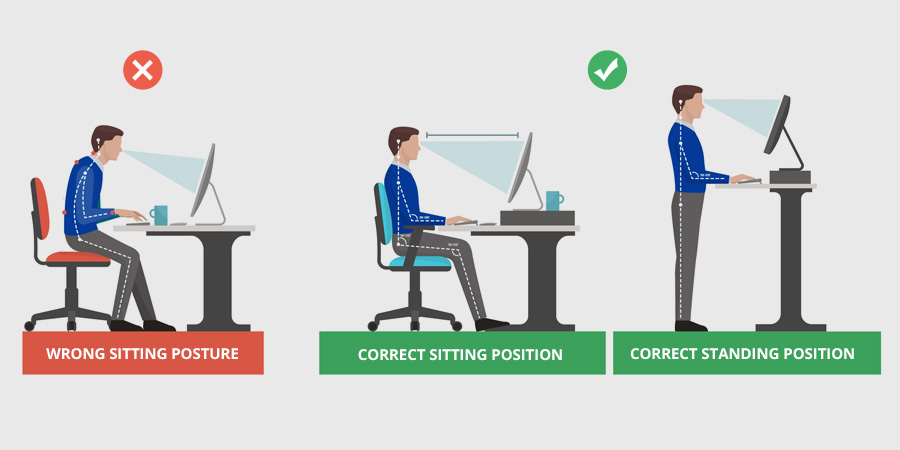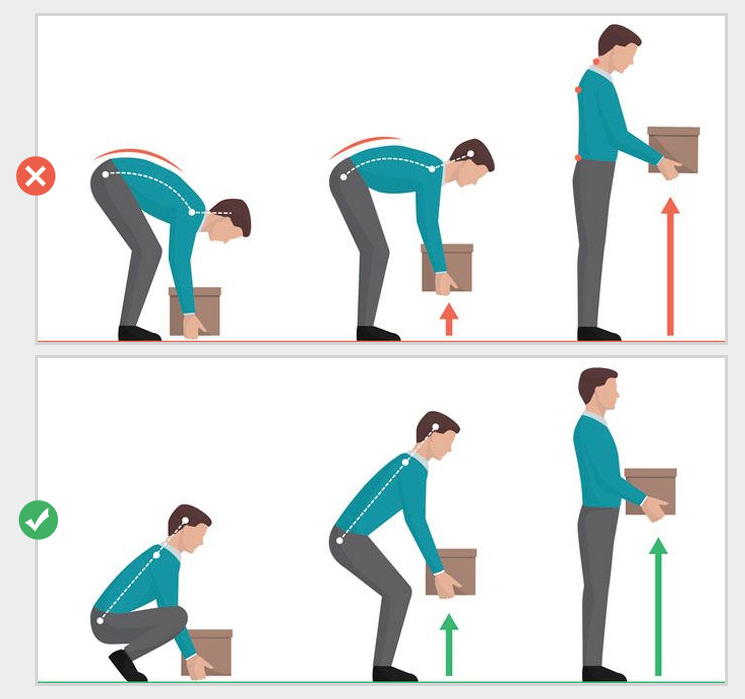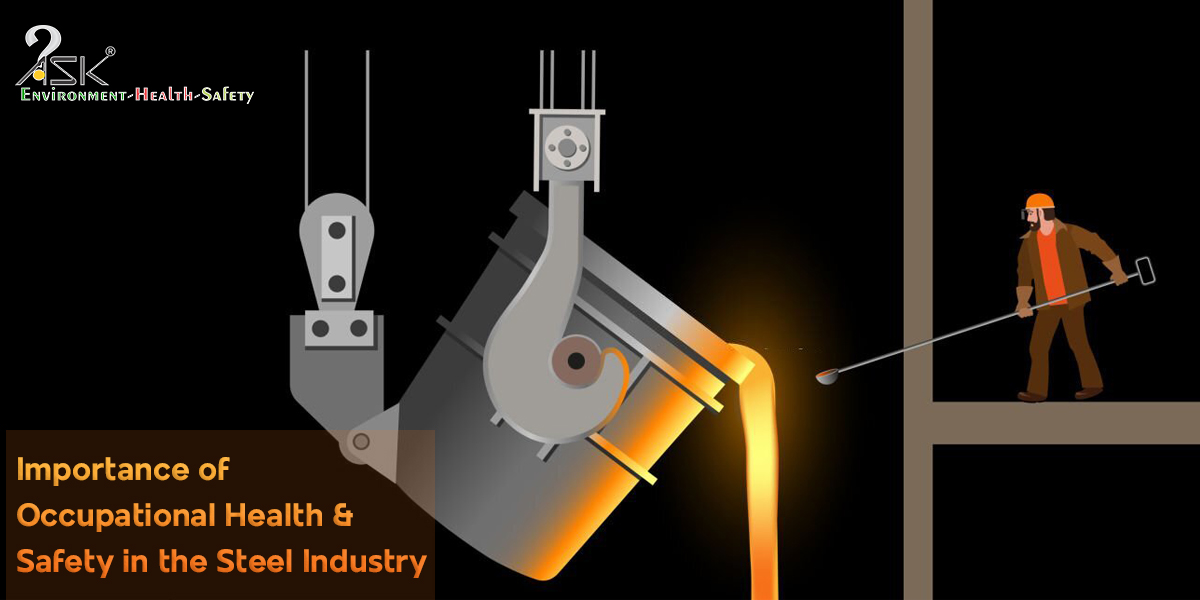Workplace Ergonomics: Why is it important?

Since the beginning of mankind, we have tried to adapt as much as we can to our surroundings. With the advent of tools, then metallurgy and eventually machines we changed our trajectory and plied such technologies to shape our habitat, from small houses to mega-scale dams. And even though mechanization and digitization have delivered handsomely, it has in its own way proven detrimental to humans.
If one half of our lives is spent inside our homes then the other halve is devoted to our work lives. Ergonomics, studies work and human interaction to propose better ways and methods of work practices that adapt to humans or workers, rather than the other way round.
In its methodology, ergonomics draws from various disciplines such as psychology, anthropometry, physiology, industrial hygiene etc. The need of ergonomics and its implementation has a two-pronged case. According to ILO and EU-OSHA global estimates on work-related illnesses, in terms of ‘Years of Life Lost’, musculoskeletal disorders comes before cancer at 15% while cancer is at 12%. Musculoskeletal Disorders (MSDs) affect body’s joints, muscles, tendons, ligaments and nerves. Correctly implemented ergonomics at workplace can reduce work-related MSDs directly. The economics of poor ergonomics makes the other prong as OSHA (U.S) estimates the direct cost of work-related MSDs worker’s compensation to employers at 20 billion dollars annually.
The factors that can lead to work-related MSDs are:
- Force
- Heavy lifting
- Push or pull
- Carrying
- Gripping
- Awkward or prolonged postures
- Repetitive activities
- Overhead work
- Contact stress
- Vibration
- Extreme temperatures
Some risk reduction strategies that can address work-related MSDs through ergonomics are:
- Job rotation to avoid prolonged exposure of worker to above factors.
- Job hazard analysis in-depth that can account for above factors.
- Appropriate tool selection that ensures better ergonomics.
- Ergonomics brainstorming, where workers come up with solutions to routine work challenges.
- Ergonomics training for the workforce making them aware about ergonomics.
Some of the prime examples of ergonomics in action are automated screwdrivers suspended by extendable cords on an automotive assembly line, tilt tables and creepers that can make access to work and proper posture, possible.
Better ergonomics is participatory science where the involvement of employees and the workers becomes crucial as the challenges they face are more apparent to them. For an office environment, involving desk and chair system, the backrest of the chair should be between 15-20 inches, the height between the floor and desk-table should be between 25-30 inches while the computer monitor should be positioned 16-29 inches away from eyes, with eye-level movement between the middle of screen and top, limited to 15 degrees.
As stated earlier, ergonomics is participatory science and factors that can alleviate MSDs can be as simple as using a cushion for better lumbar support on work chair. No source of light brighter than the computer screen should be present either behind the screen or adjacent to it, as the eyes find it difficult to adjust to the differing glare. Use screens or even simple cardboard partitions if necessary.
The meaning of office spaces and workplaces has changed drastically since the last century. Ergonomics too has taken a new dimension where workspace experiments have been done to understand how people interact, share information and function. All in the quest for productivity and a better employee satisfaction rate.



